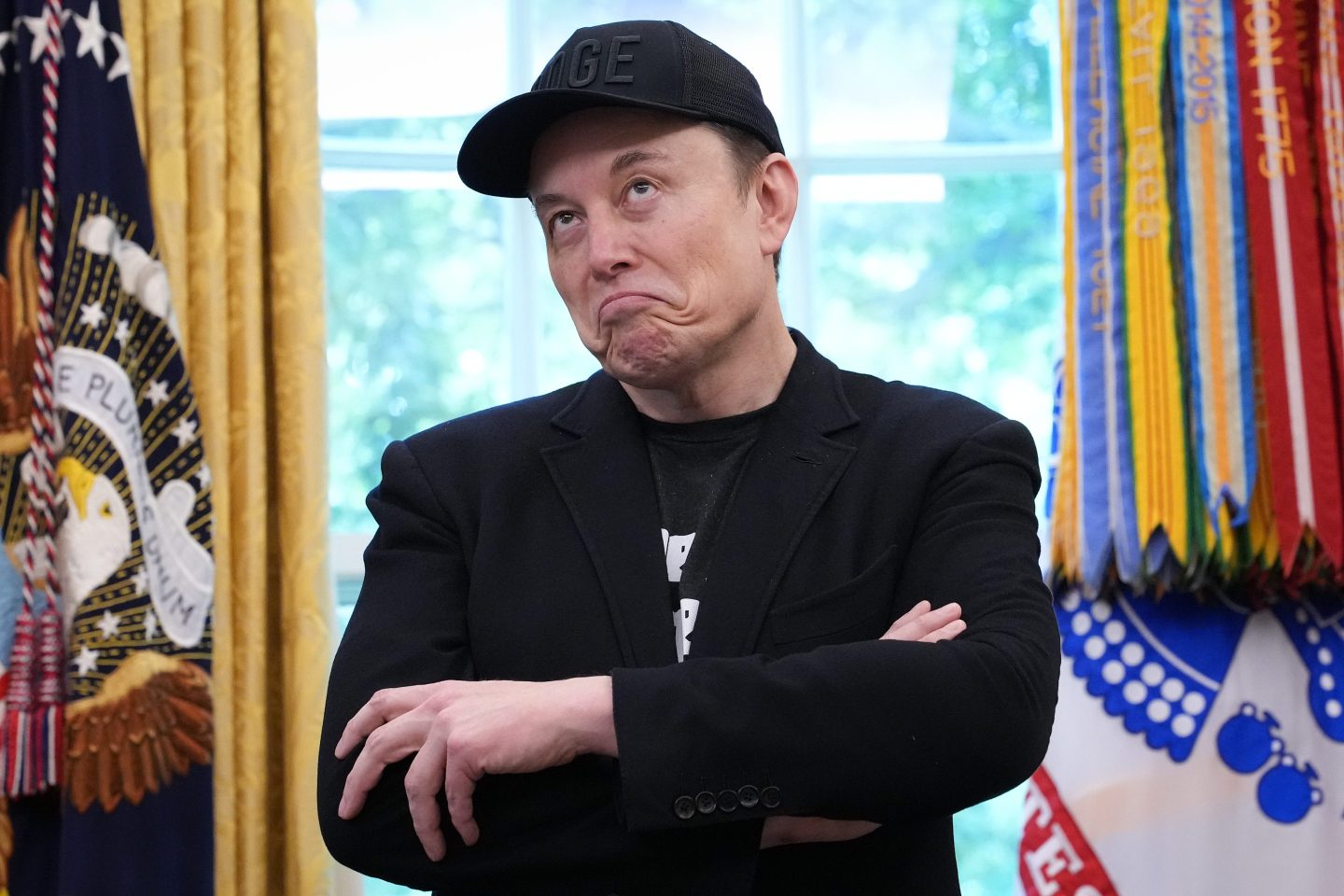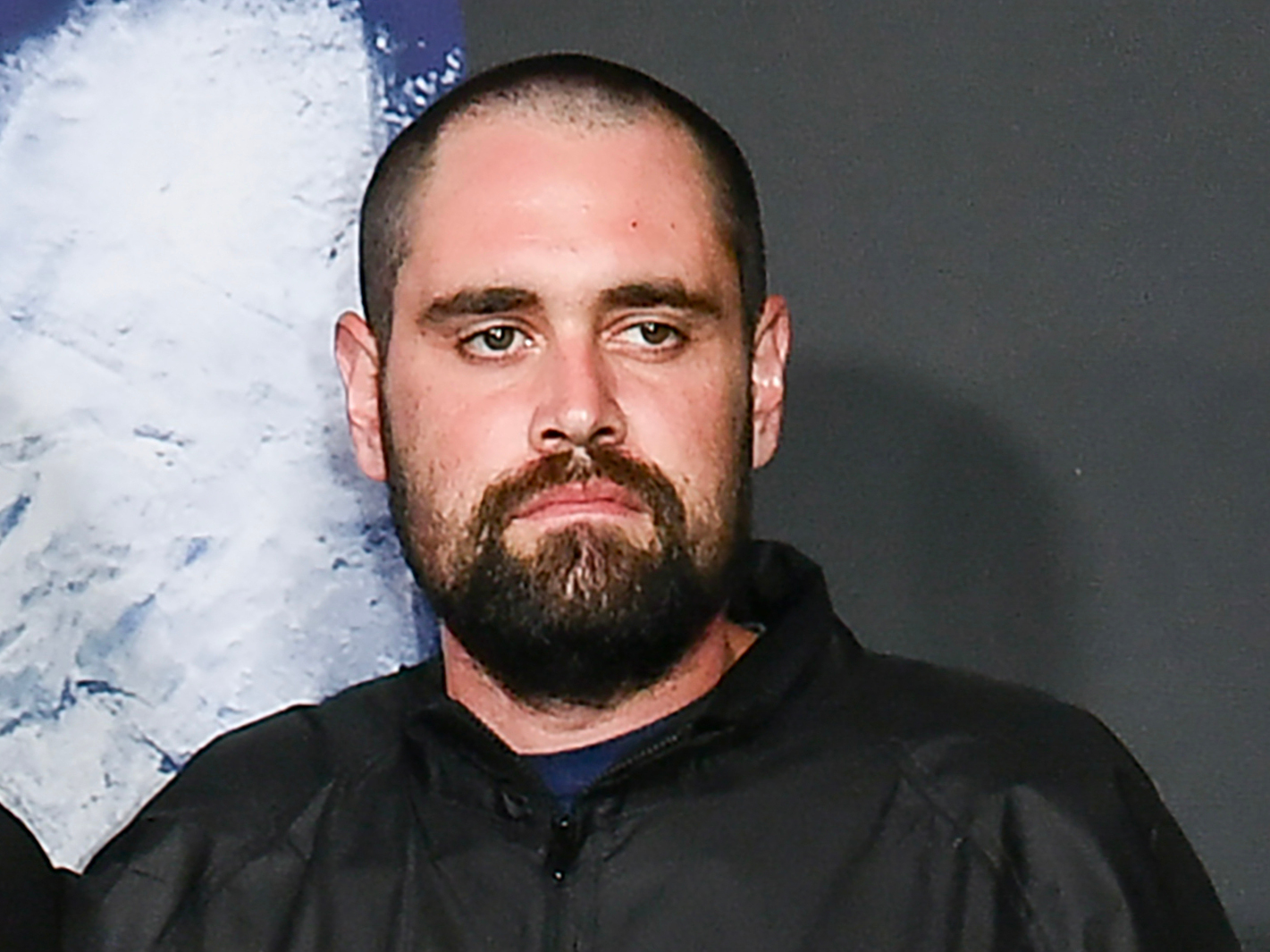Could carbon-sucking technologies be the secret weapon in the arsenal of weapons against climate change?
In Iceland, the world’s first “negative emissions” plant has begun operation, turning carbon dioxide into stone. The plant uses a technology of so-called direct-air capture, developed by a Swiss startup called Climeworks. The plant uses machines that work much like a tree (but at a hyper rate), by sucking carbon dioxide (CO2) from the air in huge quantities and injecting it into the ground to trap it permanently. The carbon dioxide mineralizes quickly in basalt rock chambers, reducing the risk of leakage back into the atmosphere.
Read: How Apple’s $1 Billion Bond Could Help the Planet
Engineers have been toying with ‘carbon capture and storage’ technology for years, but have struggled to make it economic (and leak-proof). Direct air-capture, in particular, was seen as unjustifiably expensive. However, Climeworks claims to have been able to capture CO2 at the plant in Iceland for the equivalent of less than $30 a metric ton. Even that is four times the current price of carbon on exchanges in Europe, where companies and utilities can trade certificates to meet their mandated emissions reduction targets. But it does at least offer a glimpse of how carbon capture might be done cheaply enough to make a real difference.
Read: Pope Francis Criticized the U.S. for Pulling out of the Paris Climate Accord
According to Quartz, carbon-sucking is important for a number of reasons: there’s no way at present to deal with the CO2 released by cars, ships, and planes. Without active extraction of CO2 from the atmosphere, it will be impossible to keep to the limits adopted by world governments in the Paris Climate Accord. Those were the upper limits deemed consistent with capping the long-term rise in global temperatures at less than 2 degrees celsius.
Bill Hare of consultancy Climate Analytics told a London climate change conference this week: “if you’re really concerned about coral reefs, biodiversity [and] food production in very poor regions, we’re going to have to deploy negative emission technology at scale,” The Guardian reported him as saying. “I don’t think we can have confidence that anything else can do this.”











